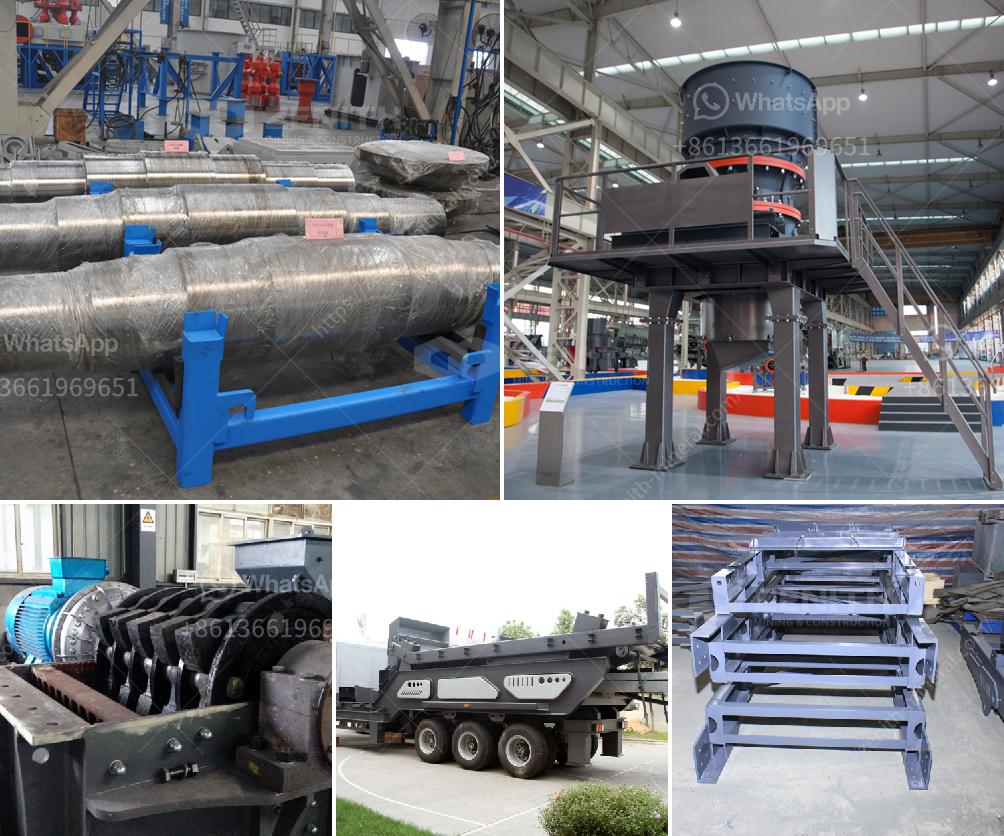Installing a conveyor belt involves several steps and requires careful planning and execution to ensure it operates efficiently and safely. Here is a detailed guide on how to install a conveyor belt:
1. Preparation and Planning
a. Site Assessment
- Measure the Area: Determine the length and width of the area where the conveyor belt will be installed.
- Check for Obstructions: Ensure there are no obstacles that could interfere with the installation or operation of the conveyor belt.
b. Select the Conveyor Belt
- Type of Belt: Choose the appropriate type of conveyor belt based on the materials it will transport (e.g., rubber, PVC, metal).
- Specifications: Consider the belt's width, length, and load capacity.
2. Gathering Tools and Materials
a. Tools Needed
- Wrenches and screwdrivers
- Measuring tape
- Level
- Pulleys and rollers
- Belt tensioner
- Safety gear (gloves, goggles, etc.)
b. Materials
- Conveyor belt
- Fasteners and connectors
- Frame and support structures
3. Installation Steps
a. Frame Assembly
- Position the Frame: Place the conveyor frame in the designated area.
- Level the Frame: Use a level to ensure the frame is even and stable.
- Secure the Frame: Bolt the frame to the floor or support structure to prevent movement.
b. Install Rollers and Pulleys
- Attach Rollers: Install the rollers at regular intervals along the frame.
- Install Pulleys: Place the drive and tail pulleys at the ends of the conveyor.
c. Mount the Conveyor Belt
- Position the Belt: Lay the conveyor belt over the rollers and pulleys.
- Align the Belt: Ensure the belt is centered and aligned with the frame.
- Connect the Ends: Use fasteners or connectors to join the ends of the belt.
d. Tension the Belt
- Adjust Tension: Use a belt tensioner to apply the correct amount of tension to the belt.
- Check Alignment: Ensure the belt remains aligned while tensioning.
4. Testing and Adjustment
a. Initial Test Run
- Power On: Turn on the conveyor system.
- Observe Operation: Watch for any misalignment, slippage, or unusual noises.
b. Make Adjustments
- Realign Belt: Adjust the rollers and pulleys if the belt is not tracking properly.
- Adjust Tension: Fine-tune the tension to ensure smooth operation.
5. Safety Checks and Final Inspection
a. Safety Features
- Install Guards: Place safety guards around moving parts to prevent accidents.
- Emergency Stops: Ensure emergency stop buttons are accessible and functional.
b. Final Inspection
- Check Fasteners: Ensure all bolts and screws are tight.
- Inspect Belt: Look for any signs of wear or damage.
6. Maintenance and Monitoring
a. Regular Inspections
- Routine Checks: Inspect the conveyor belt regularly for signs of wear and tear.
- Lubrication: Keep moving parts lubricated to reduce friction and wear.
b. Troubleshooting
- Address Issues Promptly: Fix any problems as soon as they arise to prevent further damage.
By following these detailed steps, you can successfully install a conveyor belt that operates efficiently and safely. Proper planning, careful installation, and regular maintenance are key to ensuring the longevity and reliability of your conveyor system.

